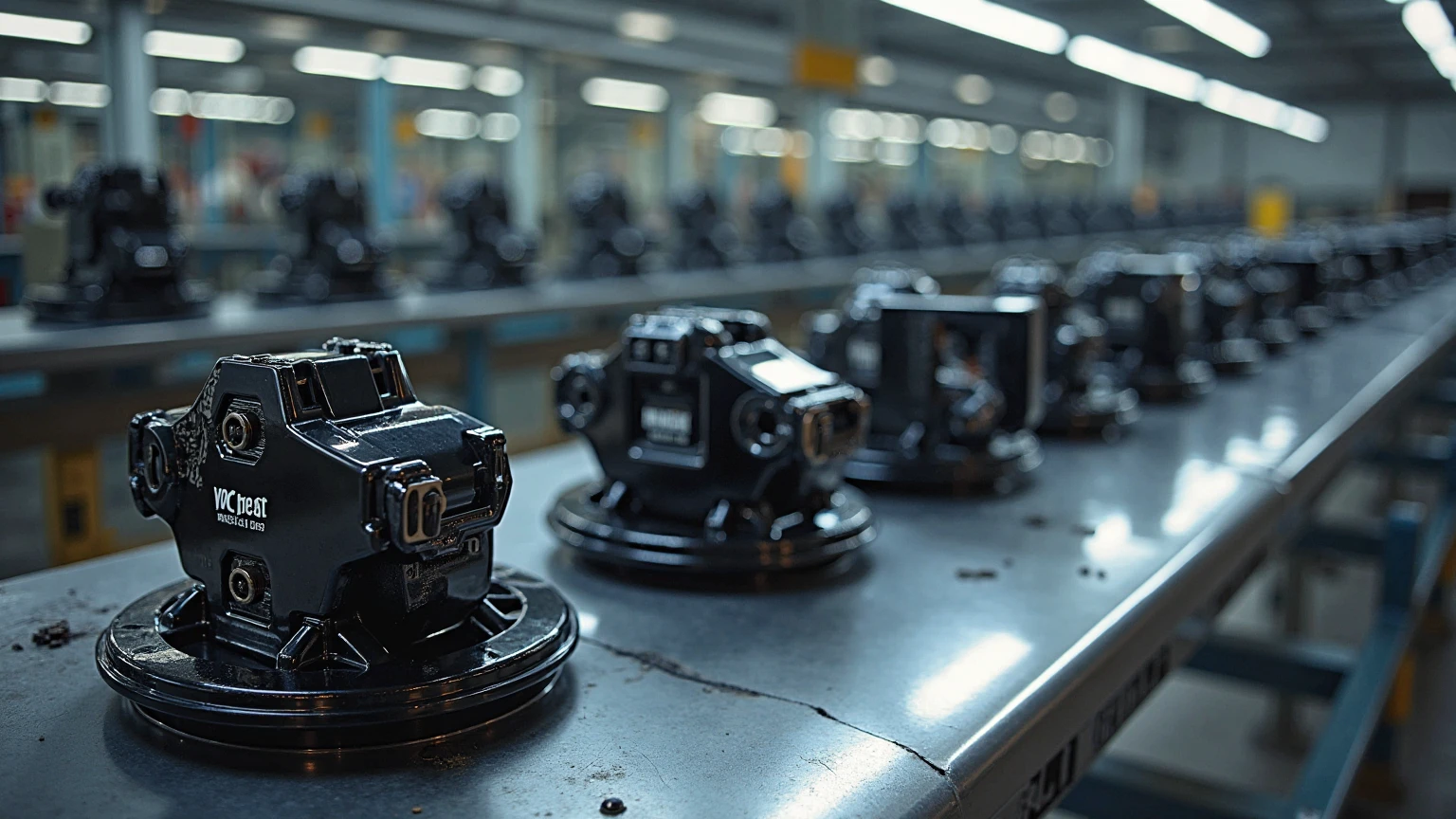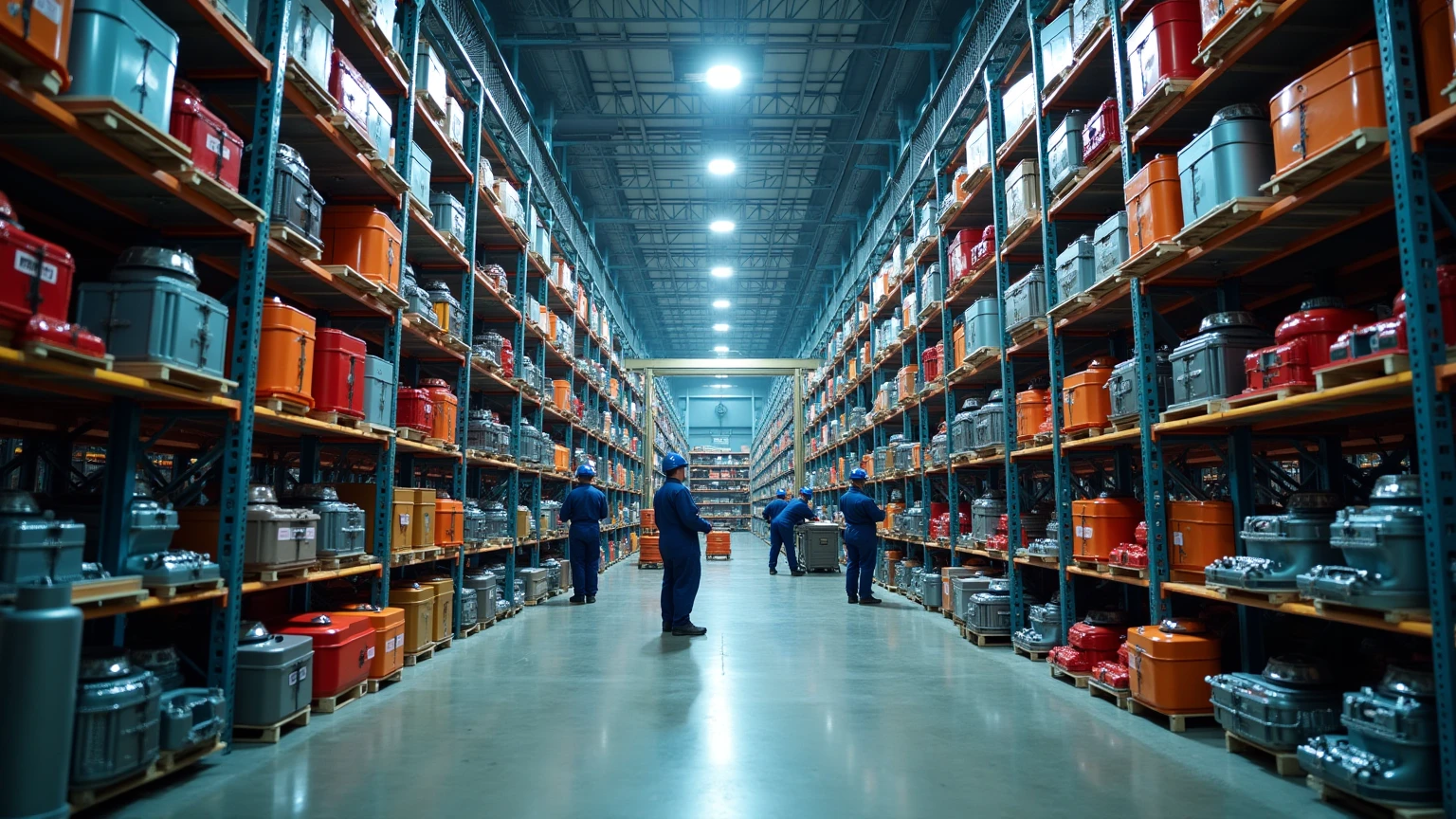
Choosing the right metal finishing service requires understanding your industry's specific needs. Industries like aerospace, automotive, and healthcare often have stringent demands on finishing techniques due to safety, performance, and compliance concerns. Engaging with service providers experienced in your sector ensures that those standards and benchmarks are met. For instance, aerospace components often require corrosion-resistant coatings like cadmium plating for increased durability. Therefore, selecting a provider familiar with these particular needs enhances the quality and relevance of the finishes applied to critical components.
Evaluating material compatibility is crucial when selecting metal finishing services. Each material, such as aluminum, steel, or titanium, reacts differently to various finishing processes. It's important to identify the recommended processes for each material to preserve their intrinsic properties. For example, a zinc plating finish may be ideal for steel due to its corrosion-resistant qualities. Considering how different metal finishes might affect properties like mechanical strength and durability is vital to ensure that the finalized product aligns with performance expectations.
When choosing a metal finishing service, it is imperative to verify that the provider holds the necessary certifications and adheres to environmental and industry-specific regulations. Certifications like ISO 14001 demonstrate environmental compliance, while others, such as AS9100 or Nadcap, relate to specific industries like aerospace. Additionally, inspecting the provider’s quality assurance processes offers insight into their commitment to maintaining high standards throughout their operations, ensuring reliable and consistent finishes. Compliance not only safeguards quality but is also crucial for meeting legal and environmental responsibilities.
Electroplating is a time-honored technique essential for enhancing the surface properties of metals. This process involves the use of an electric current to deposit a thin layer of metal, like cadmium, nickel, or zinc, onto a substrate. Each of these metals serves specific purposes: cadmium provides corrosion protection and excellent solderability, nickel boosts wear resistance and aesthetics, while zinc offers cost-effective corrosion prevention. In aerospace and electronics, each metal has its unique advantages. However, environmental concerns regarding electroplating, especially with cadmium, necessitate stringent compliance measures. Companies must ensure sustainable practices through proper waste treatment and adherence to environmental guidelines.
Anodizing is a chemical process that transforms the surface of aluminum and other metals into a durable, rust-resistant oxide layer. It offers both aesthetic and protective benefits by enhancing colors while improving corrosion resistance. There are various anodizing techniques, including hard coat anodizing, each catering to specific industrial requirements. For instance, hard coat anodizing lends extra durability to parts exposed to harsh environments, making it indispensable in industries such as aerospace and automotive. Its functional appeal, combined with the ability to add vibrant hues, makes anodizing a preferred choice for manufacturers seeking both beauty and resilience.
Powder coating stands out for its ecological and practical benefits. Unlike traditional liquid paints, it emits minimal volatile organic compounds (VOCs), making it an environmentally friendly option. The process involves applying a dry powder that is subsequently cured, forming a hard finish. Not only does powder coating offer a multitude of color and texture options, but it also ensures enhanced durability by resisting chipping and fading. Its versatility is demonstrated across diverse applications—from the robust coatings of automotive parts to the vibrant finishes of domestic furniture, casement systems, and protective equipment.
Passivation is a critical metal treatment process, mainly for stainless steel and similar alloys, that enhances corrosion resistance. This involves the removal of surface contaminants, allowing the metal to form a uniform and protective oxide layer. The improved corrosion resistance extends the lifespan of metal components significantly. Industries such as food processing and medical devices rely heavily on passivation to maintain sanitary conditions due to its ability to prevent metal leaching and ensure a polished finish. Thanks to its capability to safeguard metals in corrosive environments, passivation remains a vital component of high-standard manufacturing processes.
Metal finishing plays a critical role in aerospace applications, particularly in enhancing component durability and reducing weight. Processes such as anodizing and electroplating are frequently used to ensure these components meet stringent industry standards for corrosion protection and wear resistance. For instance, anodizing forms a protective oxide layer that is crucial for the longevity of aluminum parts frequently used in aircraft. Establishing strong relationships with qualified suppliers who understand the complexities of aerospace finishing is essential. These partnerships ensure that the materials comply with not just industry standards, but also specific requirements from defense organizations.
In automotive manufacturing, metal finishing contributes significantly to the aesthetics, durability, and safety of vehicles. Techniques like powder coating and electroplating are widely employed for their robustness and ability to improve surface durability. Powder coating, for instance, offers a diverse range of finishes and color options without emitting high levels of volatile organic compounds (VOCs), making it environmentally favorable. The surface finishing of automotive components directly impacts vehicle performance by enhancing resistance to wear and environmental factors, ultimately influencing the longevity and visual appeal of cars.
Metal finishing is vital for medical devices, focusing on aspects like biocompatibility and sterilization. Processes such as passivation and specialized coatings are essential to ensure that metallic components are safe for medical use. Passivation enhances corrosion resistance, which is paramount for ensuring the prolonged performance of medical tools in sterile environments. Moreover, industry regulations and standards, including FDA approvals, govern the finishing of medical devices to ensure they meet rigorous safety and efficacy criteria. This ensures that metallic medical components can safely be used in surgical procedures and patient care.

Professional metal finishing significantly enhances the durability of metal products, providing extended life spans and superior performance. Processes like electroplating increase the hardness and wear resistance of the substrate, with data showing coatings can improve durability by up to 500%. These methods also offer tailored corrosion resistance, essential for sectors such as marine and aerospace, which face harsh environmental conditions. For example, cadmium plating acts as a sacrificial coat that corrodes preferentially, protecting the underlying metal. This advanced level of protection ensures components remain operational in demanding scenarios.
Metal finishing processes dramatically enhance the aesthetic quality of products. Techniques such as chrome plating add a reflective, polished finish, making items visually striking and sophisticated. The marketability and consumer preference for aesthetically pleasing finishes are well-supported by market research, which indicates that visually appealing products experience higher sales volume. Successful transformations, like those achieved in the automotive sector, where polished metal surfaces contribute significantly to brand allure, demonstrate how professional finishes increase product appeal and drive consumer interest.
The importance of adhering to environmental regulations in metal finishing is growing, and professional services ensure compliance. These regulations, such as those set by OSHA and the EPA, impose strict limits on emissions and waste, impacting the industry’s operational methods. Certified finishing providers navigate these challenges efficiently by employing eco-friendly practices, including using less toxic materials and implementing advanced wastewater treatment systems. Engaging with accredited services not only ensures legal compliance but also aligns with sustainable practices, benefiting both the environment and business reputation.
To ensure your metal finishing needs are met with high quality, evaluating a provider's technical expertise and industry experience is crucial. The right provider should possess specialized knowledge relevant to your requirements - whether for aerospace, medical, or semiconductor applications. Check for qualifications such as NADCAP and FAA certifications, which denote proficiency in surface enhancement technologies. Examples from industry leaders like Metal Finishing Technologies demonstrate how expertise significantly impacts service quality and effectiveness in delivering aerospace coatings and repairs, adding reliability and precision to their services.
A reliable metal finishing service provider provides quick turnaround times that catalyze efficient production schedules and enhance customer satisfaction. It's essential to assess their ability to adapt to growing orders, showcasing their scalability in meeting varied demands. Such flexibility is evidenced by providers like Aqua Blasting, who have managed large-scale projects swiftly. A provider's efficiency not only helps in meeting tight deadlines but also facilitates scaling production efficiently, ultimately benefitting clients by maintaining seamless operations even amid unexpected challenges.
Customer reviews and case studies are indispensable tools for evaluating a provider's reputation and reliability. Scrutinizing testimonials gives insights into their performance and satisfaction levels among clients. Look for case studies highlighting successful projects, where a provider's services notably improved the final outcomes. Prospective customers should consider reaching out to past clients to gather firsthand accounts, ensuring the provider fulfills expectations in quality and service delivery. This proactive approach in evaluation helps make informed decisions, securing the best results for your metal finishing projects.
The key factors include understanding industry-specific requirements, assessing material compatibility, verifying compliance and certifications, evaluating technical expertise, turnaround time, scalability, and reviewing customer testimonials and case studies.
Common processes include electroplating, anodizing, powder coating, and passivation. Each process enhances certain surface properties such as corrosion resistance, aesthetic appeal, or durability.
Compliance ensures that all processes meet industry and environmental standards, safeguarding both the quality of the final product and legal adherence. It is crucial for meeting the safety and environmental expectations of both regulatory bodies and consumers.
Metal finishes like electroplating and anodizing increase surface hardness and wear resistance, protecting the substrate from corrosion and extending the product's lifespan by up to 500%.
Yes, metal finishing is essential in industries such as aerospace, automotive, and healthcare for enhancing component durability, aesthetic appeal, safety, and compliance with regulatory requirements.